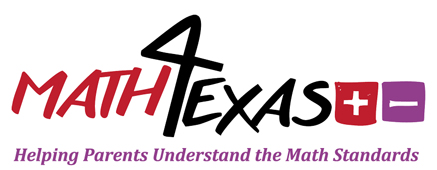T.i.P.S.
-
 Students should understand the difference between a deposit, adding money to an account, and a withdrawal, subtracting money from an account. Their money may be stored in a bank account where checking accounts usually have frequent transactions such as deposits and withdrawals, resulting in a daily balance. Money stored in savings accounts usually have less frequent transactions such as deposits and withdrawals and most often earn interest.
Students should understand the difference between a deposit, adding money to an account, and a withdrawal, subtracting money from an account. Their money may be stored in a bank account where checking accounts usually have frequent transactions such as deposits and withdrawals, resulting in a daily balance. Money stored in savings accounts usually have less frequent transactions such as deposits and withdrawals and most often earn interest.
Example
-
Read each of the following situations and explain your thinking to each one.a) Robert earned $30 for raking his neighbor’s yard. He wants to save his money in his savings account. Would Robert make a deposit or a withdrawal?
b) Patricia wants to give her sister $20 for her birthday. When Patricia goes to the bank to get the money, would she need to make a deposit or a withdrawal?
c) Tina had a balance of $400 in her savings account. She made a withdrawal of $50. How much does she have in her savings account now? Draw a diagram and explain your thinking.d) Allen had a balance of $250 in his savings account. He visited the bank and when he left his balance was $300. Did Allen make a deposit or a withdrawal? Tell how you know.
Digital Tools
-
Click on the following links for interactive games.
Resources
-
Click on the following links for more information.
TEKS
-
2.11 Personal financial literacy. The student applies mathematical process standards to manage one's financial resources effectively for lifetime financial security. The student is expected to:(C) distinguish between a deposit and a withdrawal





 Click
Click 

